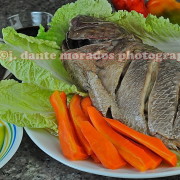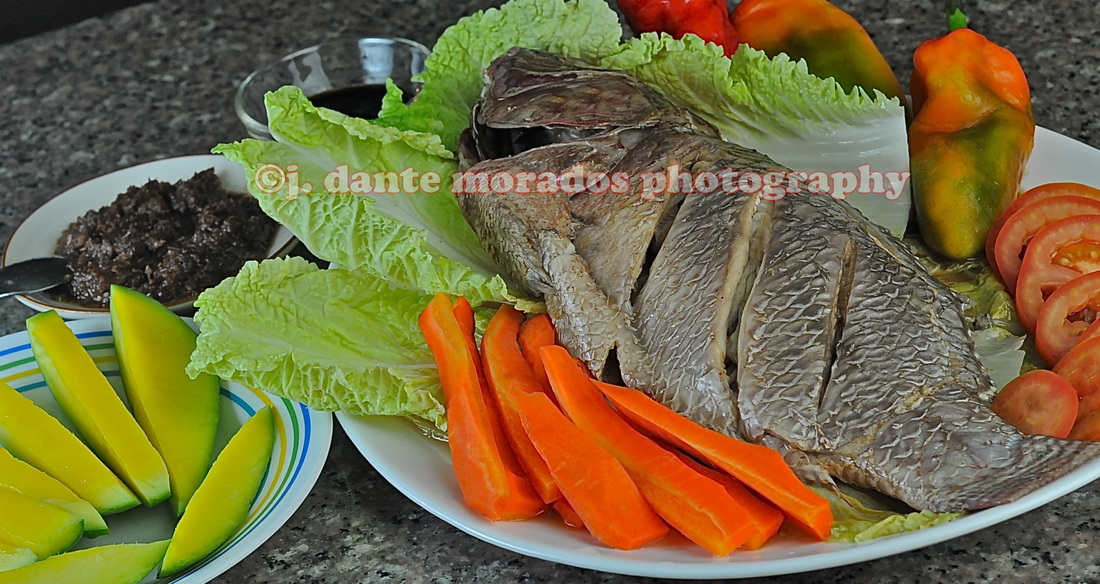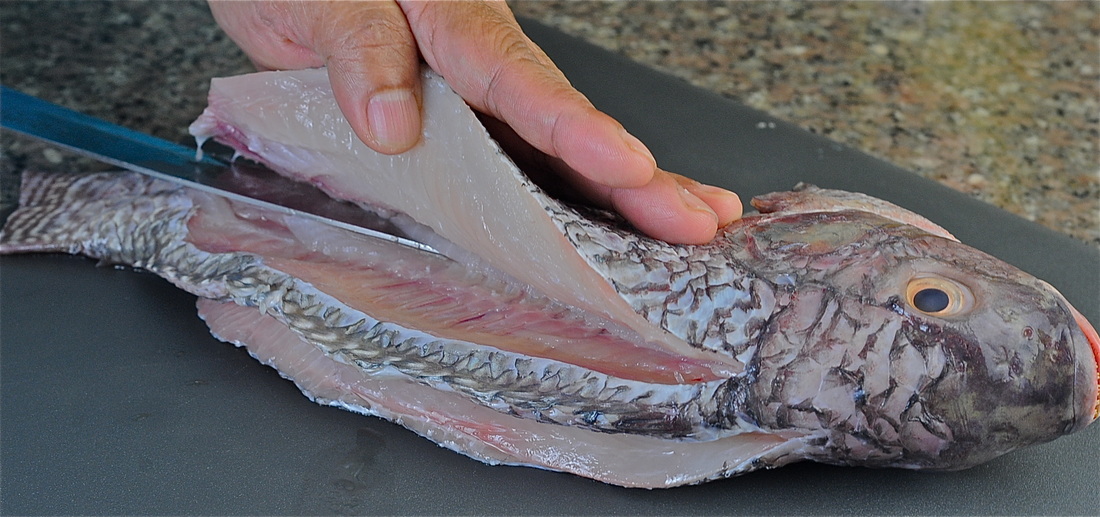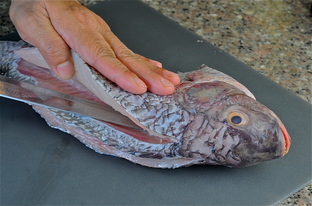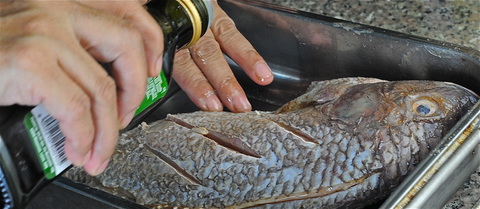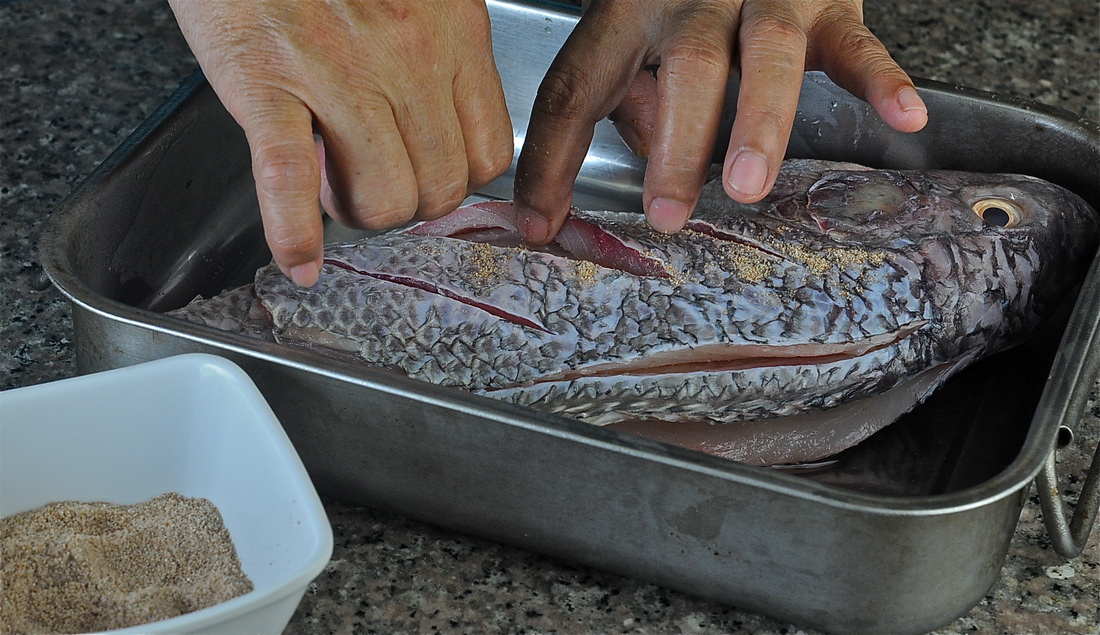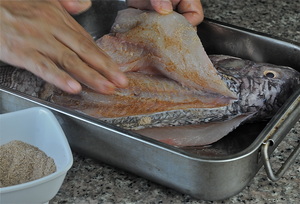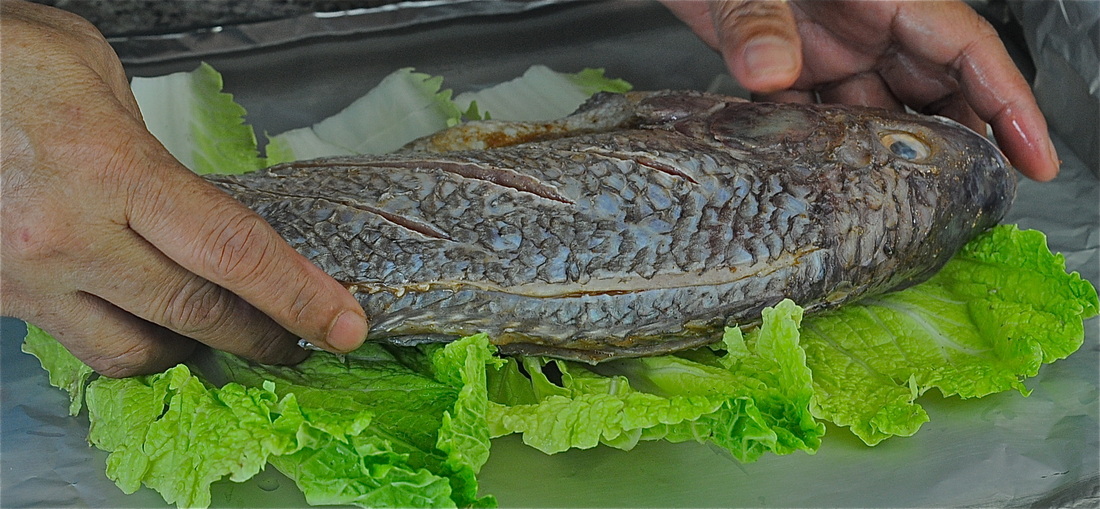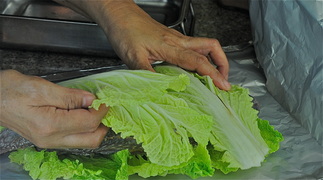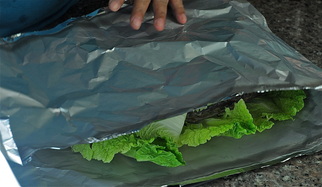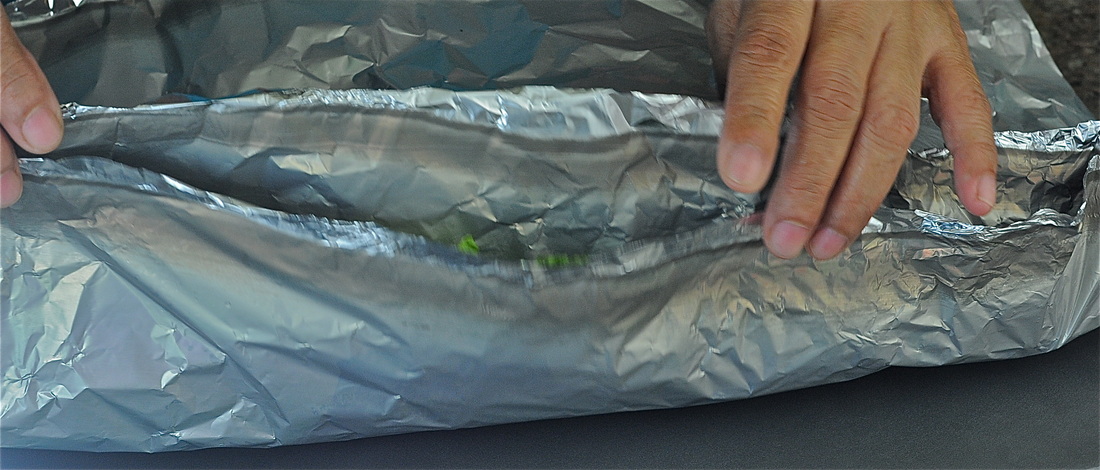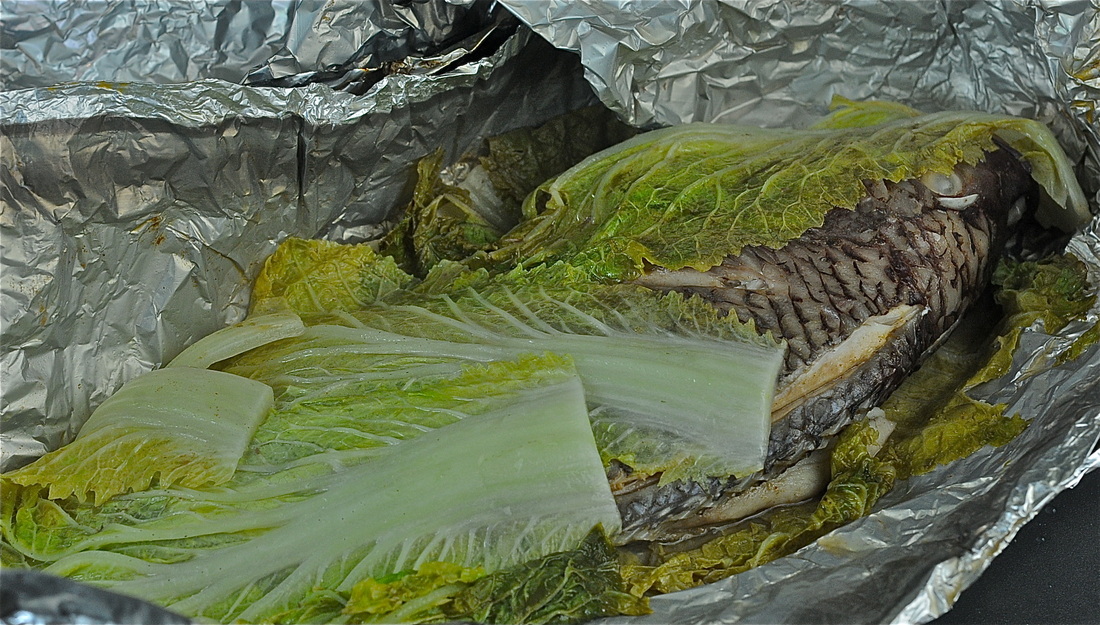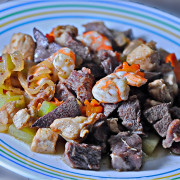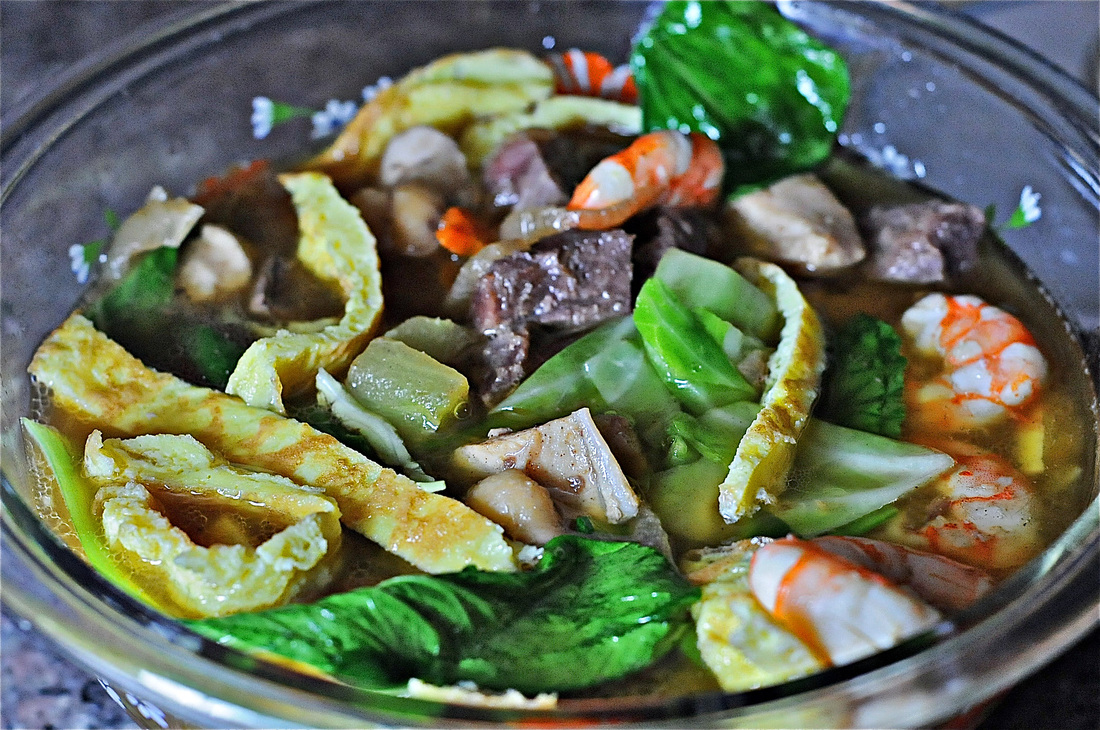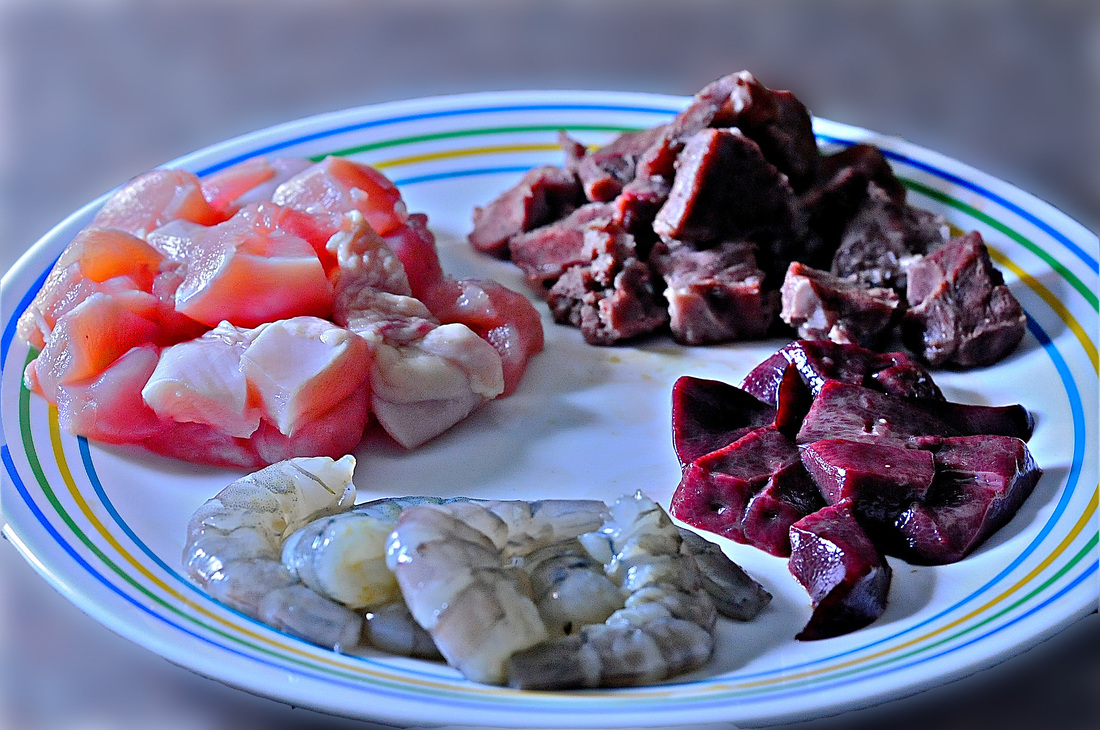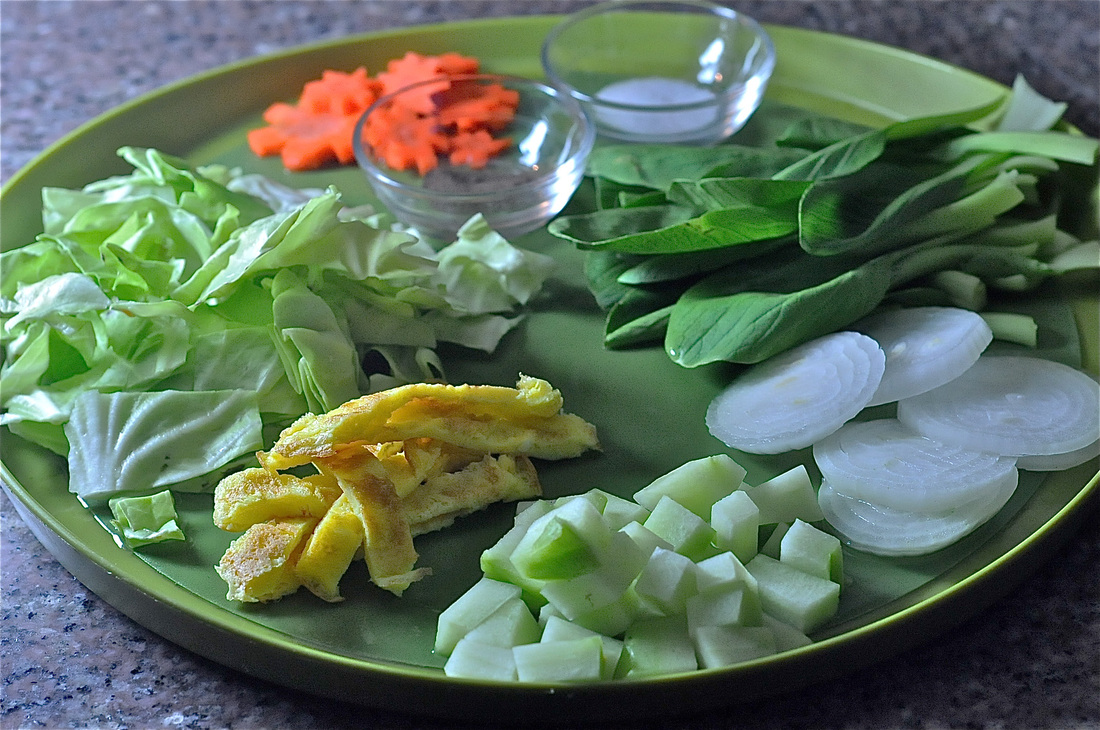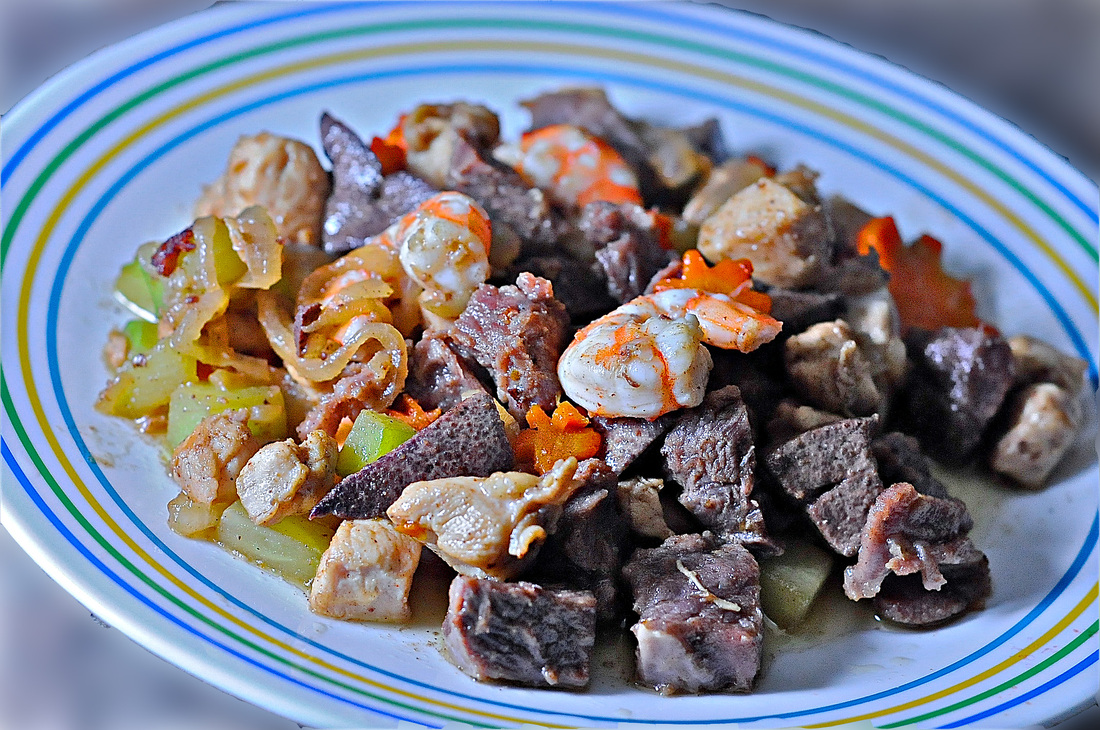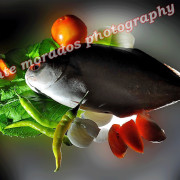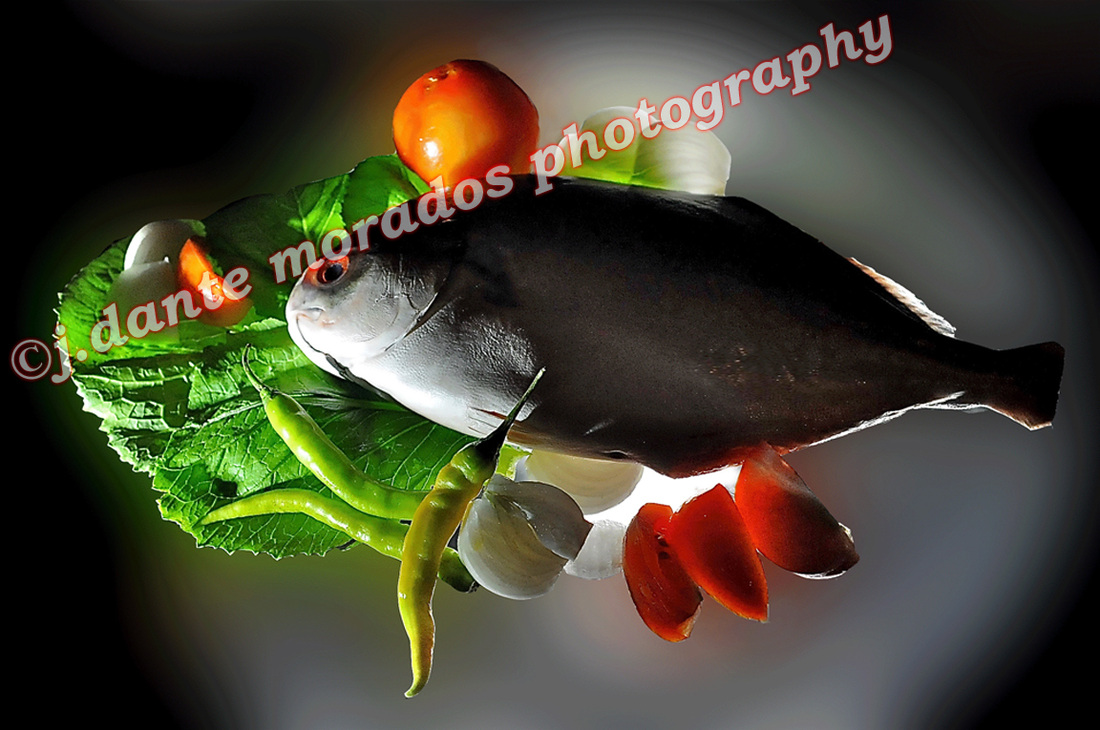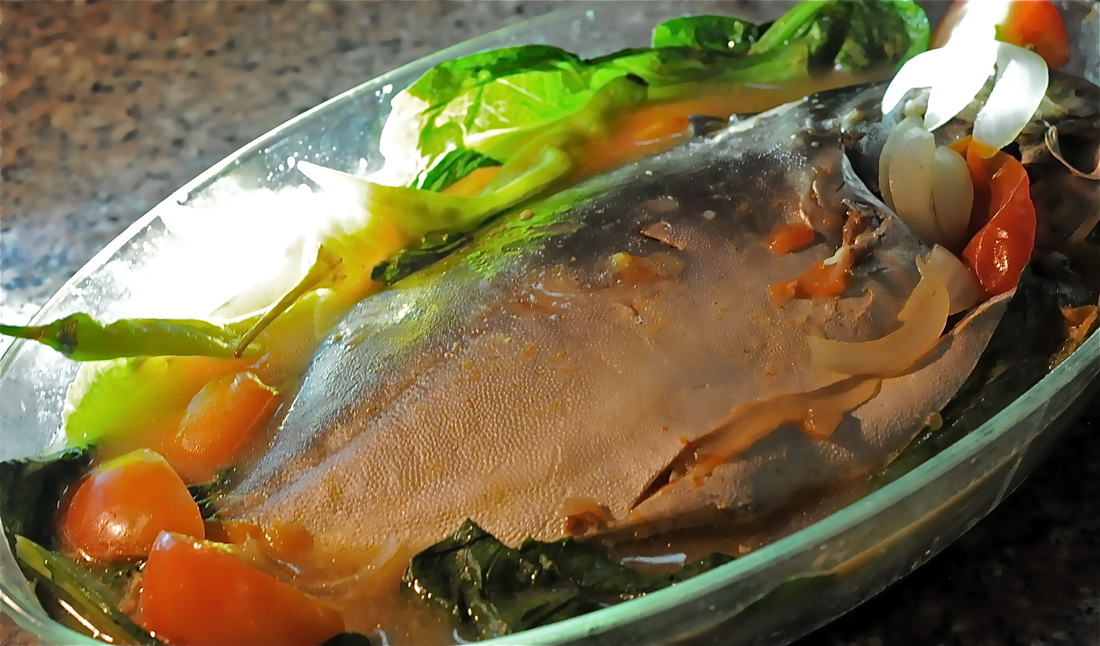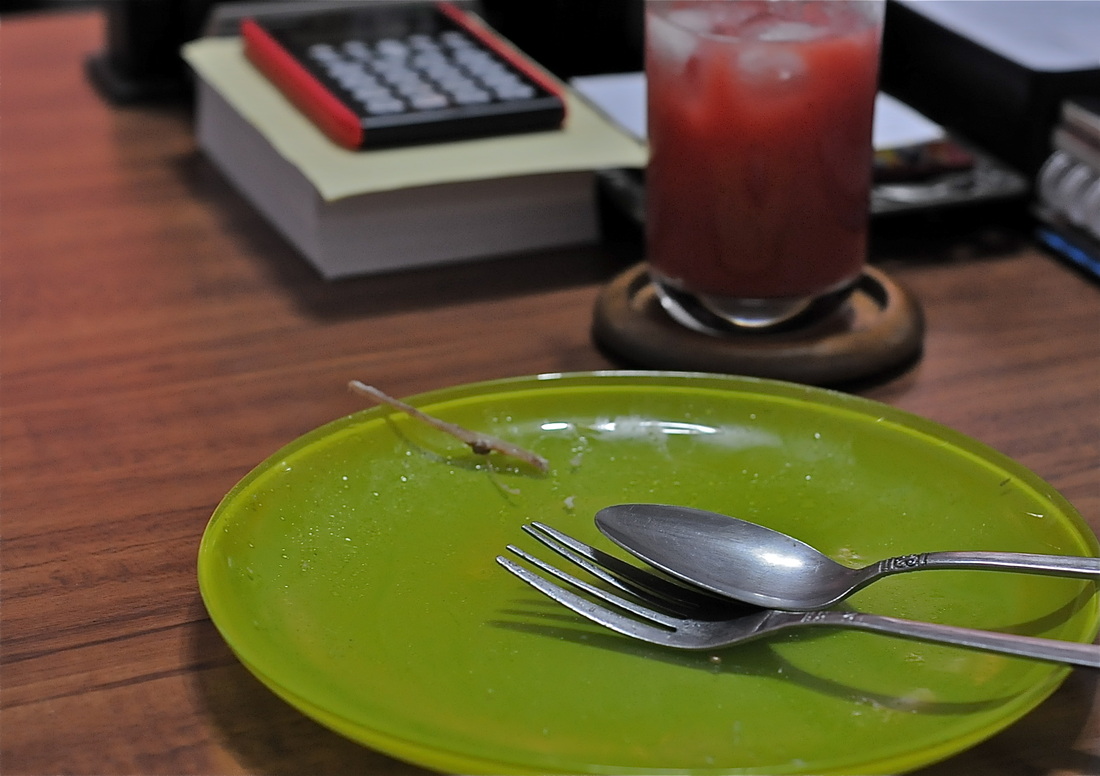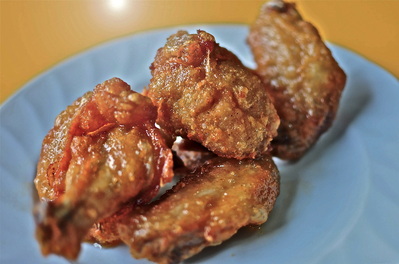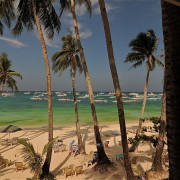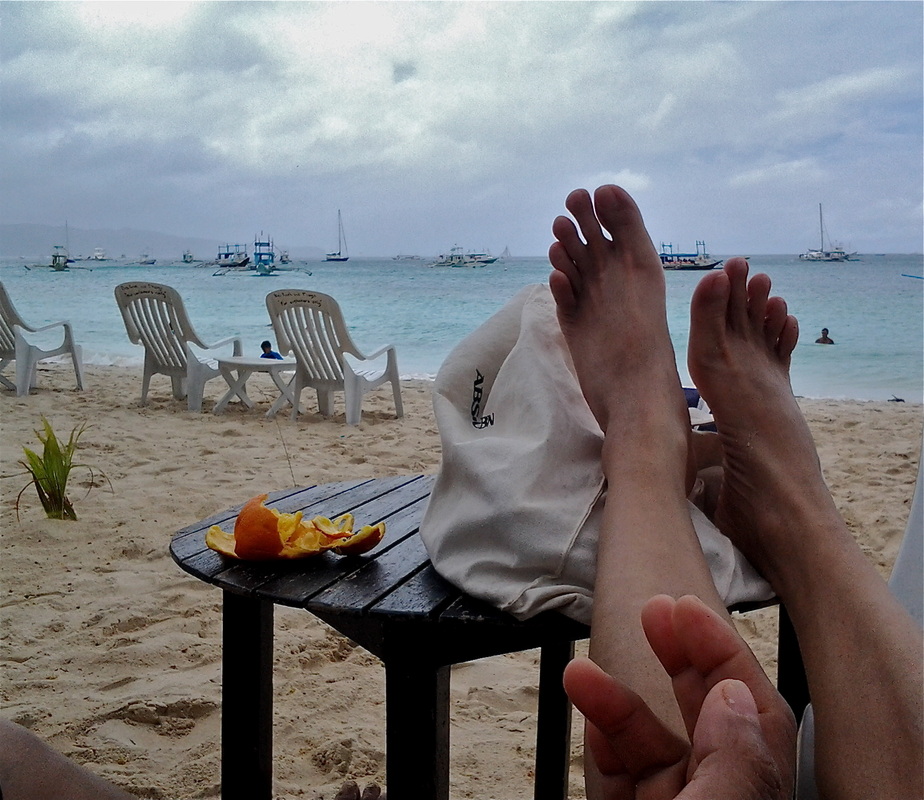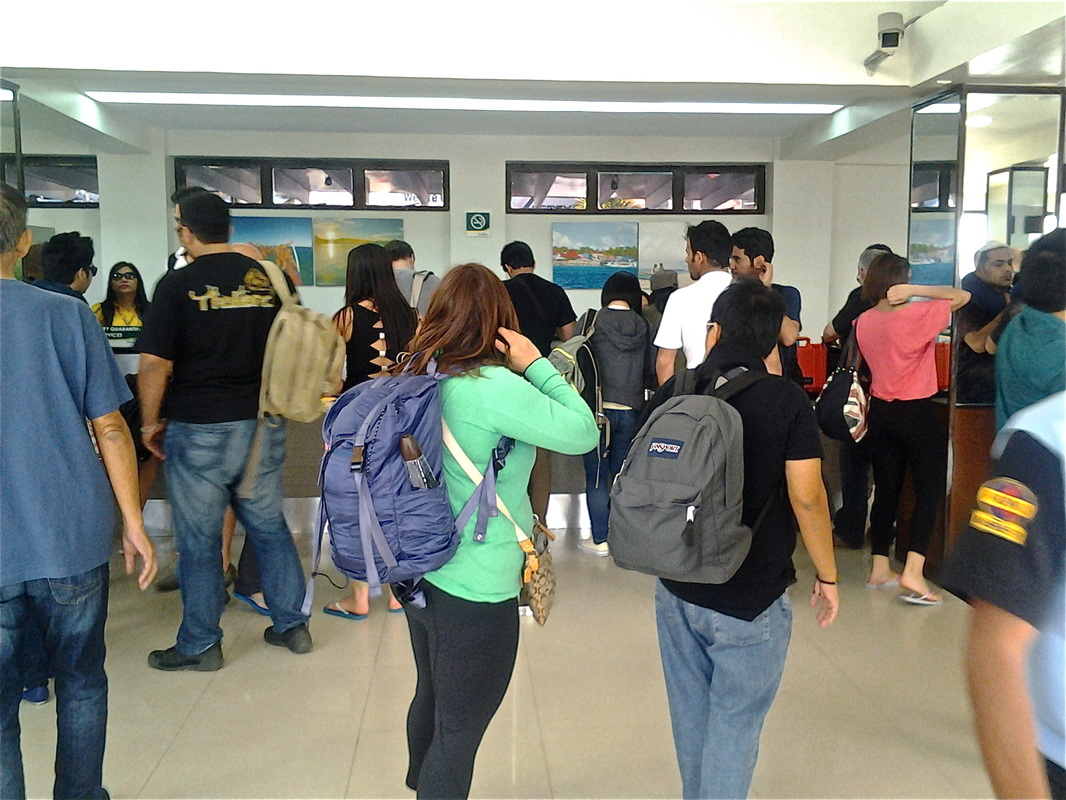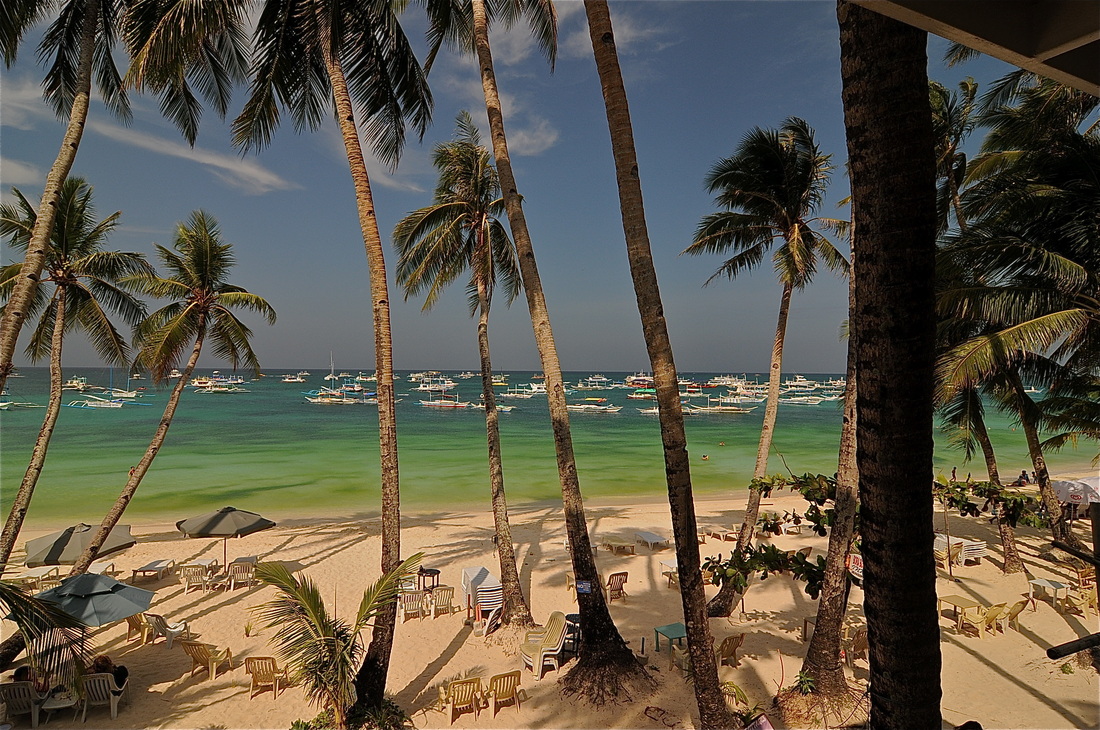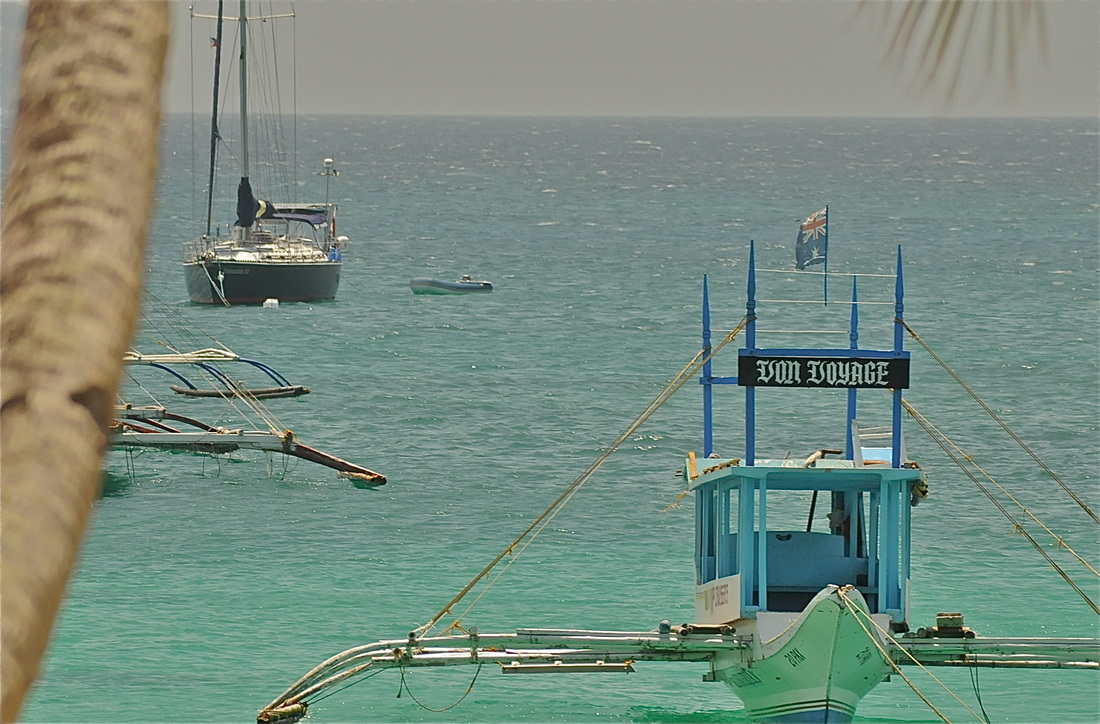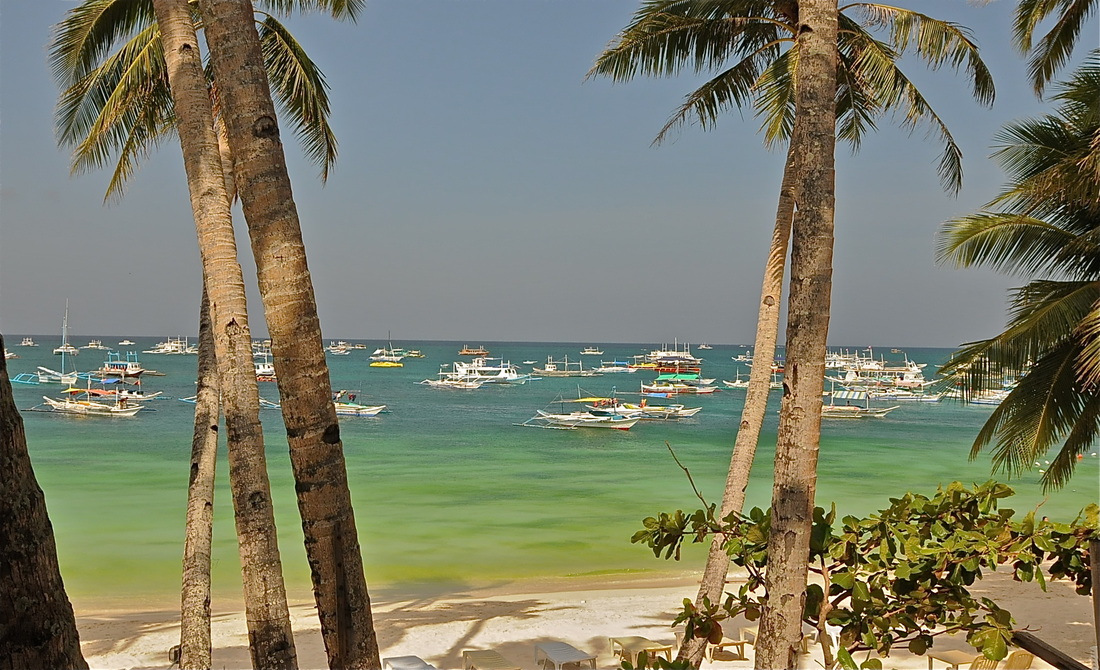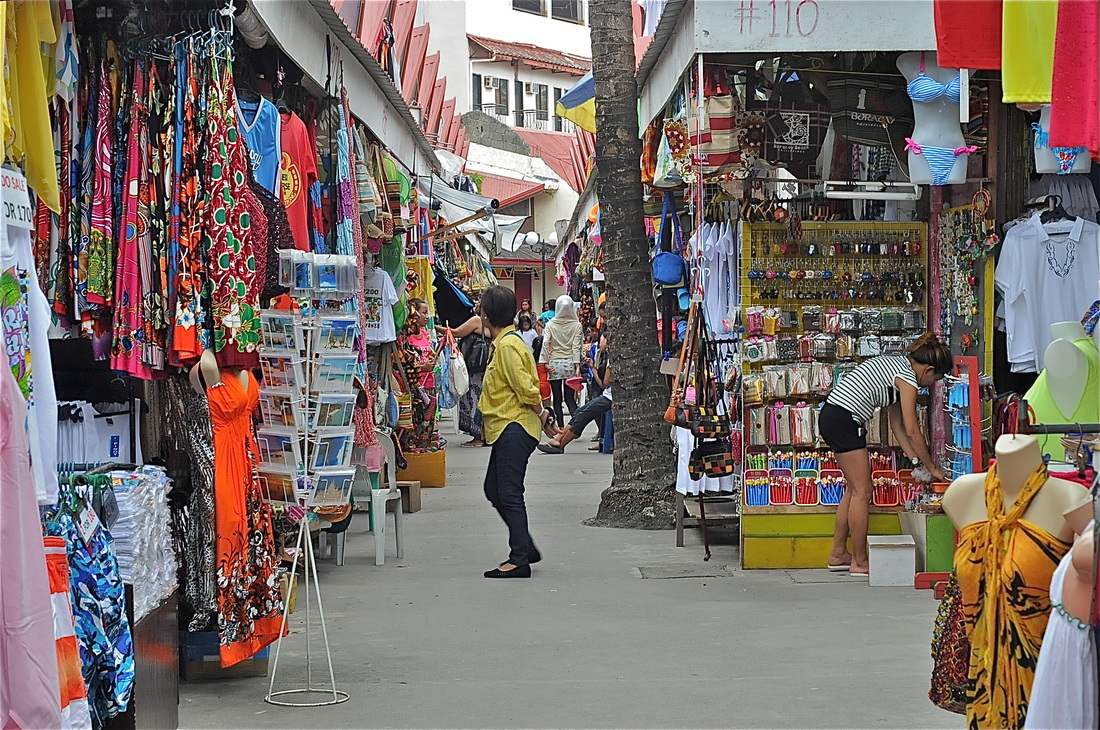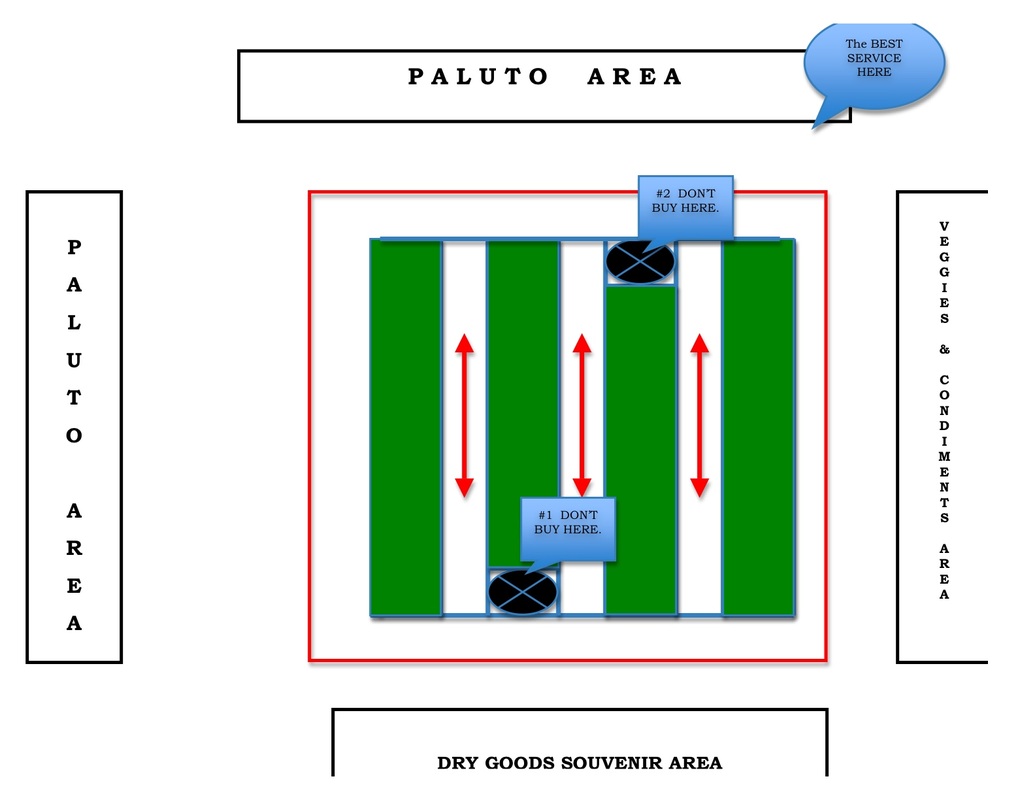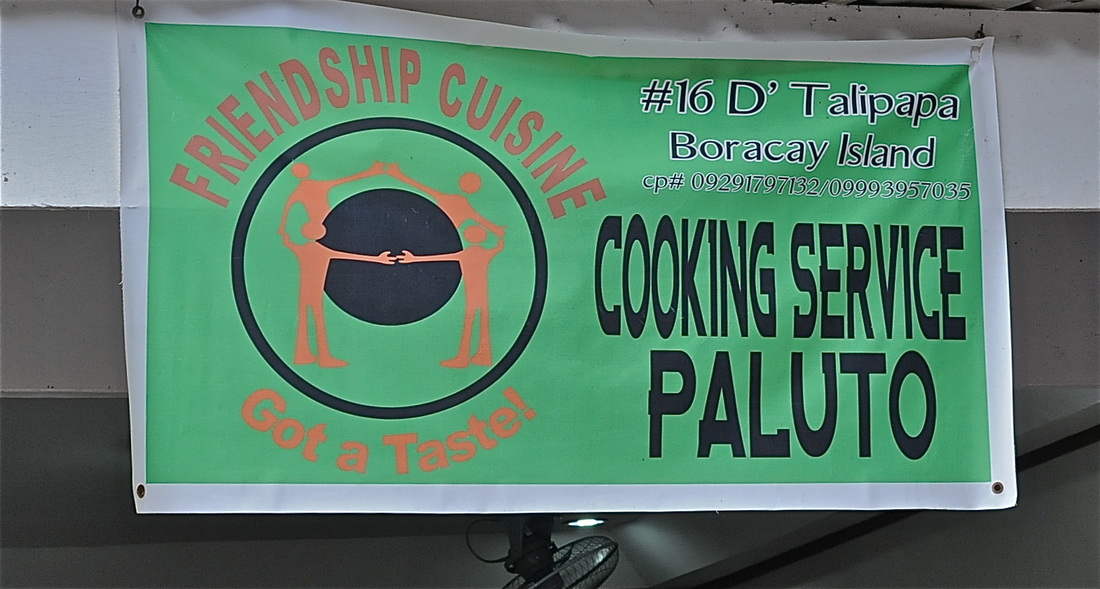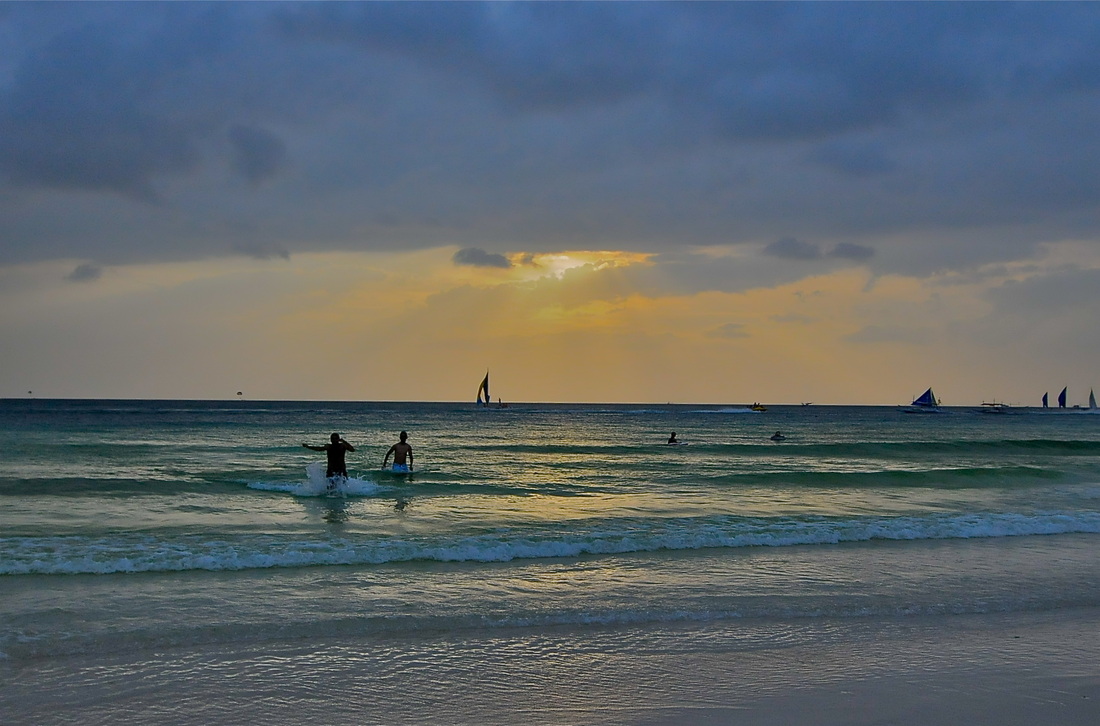After a long straight year of hussles, heartaches and grinding,
time for our (“Pang’s” & mine) long awaited re-charging vacation
in a bit serene no-horn blowing vehicles-by the sea haven.
Peace & quiet…even just during an early morning white sand stroll.
Never mind the night rumblings, I can go with it at times.
As early as first week January, I already booked for 4 days-3 nights stay at Boracay.
Oh well everyone knows Boracay.
But allow me to share some “hidden happenings” untold, un-newspaper-ized.
Airline requested that we flew an hour earlier as such first flight wasn’t full yet.
Agreed. Air travel was smooth.
No shots allowed at tarmac.
Oh really? Well, you can’t stop a photographer…by finding his way.

On final descent took this shot using my Samsung Tab 2.
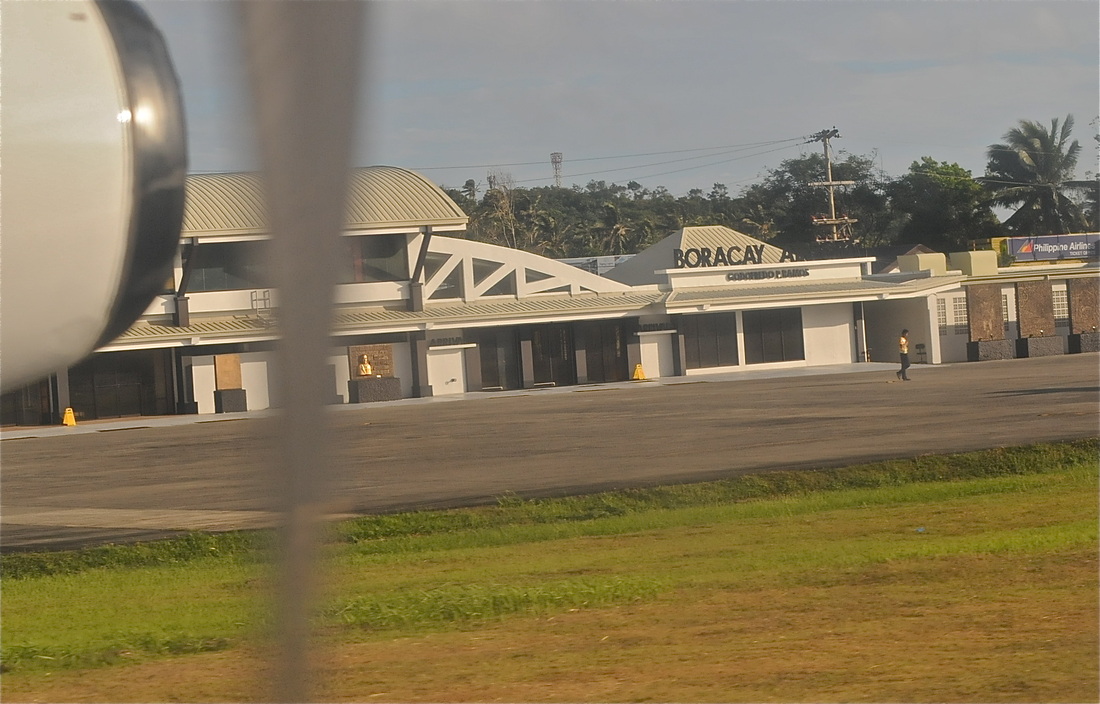
Plane was not full. Transferred to opposite seat tagging my D300 with 70-300mm & snapped this out while touching down.
Arrival at Caticlan airport was met with warmth and courteousness of locals.
Quick land travel up to Caticlan Jettyport then about 25-30 boat ride to Boracay Island.
The hotel by the beach-front we’re billeted extended an early check-in (8:30am)
which was supposed to be 2:00pm.
And already these caught my attention:
Second floor view.
Isn’t it peaceful?
Boracay has been known worldwide to be one of the best resorts
with sugary-white-powdery sands that never burn your bare feet no matter how hot the sun gets.
This is the mystique of the place blending well with ultra clean sea water
making it possible for you to see your feet (even small fishes) on waist deep area.
Other white beaches in the world have sands made of SILICA.
Boracay’s powdery sand comes from crushed corals from bedrocks of Caticlan, Kalibo & Boracay itself
which are polished as they are driven to the shore line by the gentle waves.
This is how its magical white sand is replenished in a to-and-pro motion of the waves.
Let’s go to food.
Taste, in my opinion, does not call for a big issue in Boracay. Not that their food is bland
but I believe “plating” is far more important to them than palatability.
This is so for more than 2/3 of islands visitors are foreigners, mostly accustomed to
plain tasting meals, happier to douse condiments thereby while eating.
OR, cooks thereby know that majority of tourists, more so the men,
will just make make their food as “pulutan” (pica-pica. finger foods while drinking)
and so WHAT THE HECK?
Had tried no less than 8 of them, nobody passed my liking.
Even our very own “known lechon manok” (char-grilled chicken) brand
served me & my wife with mega dry char-grilled chicken (we consumed half), half cooked rice (we ate 1/4)
and “SOAPY TASTE SINIGANG NA BABOY SA GABI” (soap tasting tamarind soup based pork in white taro).
Why “soapy”? Pork cubes had been pre-boiled and kept, most probably,
not in freezer enabling bacteria in “opposum” to propagate,
that when added to soup, rancidity of the oil used, when sauteing tomatoes & garlic,
reacted with each other eliciting unpleasant-ness.
WhadaF…We hurriedly left.
Anyway, on lighter note check these out.
Visiting this haven will not be complete without you guys going to the D’ Market.
The place has dry goods souvenir section:
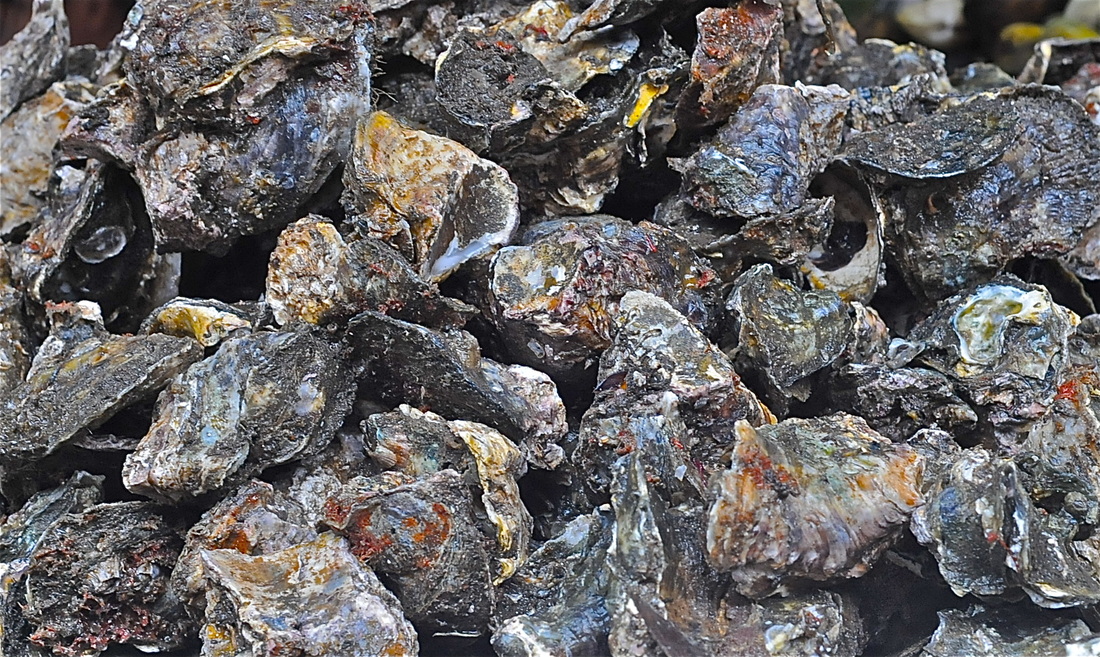
The freshest oysters majority coming from Roxas City.
|
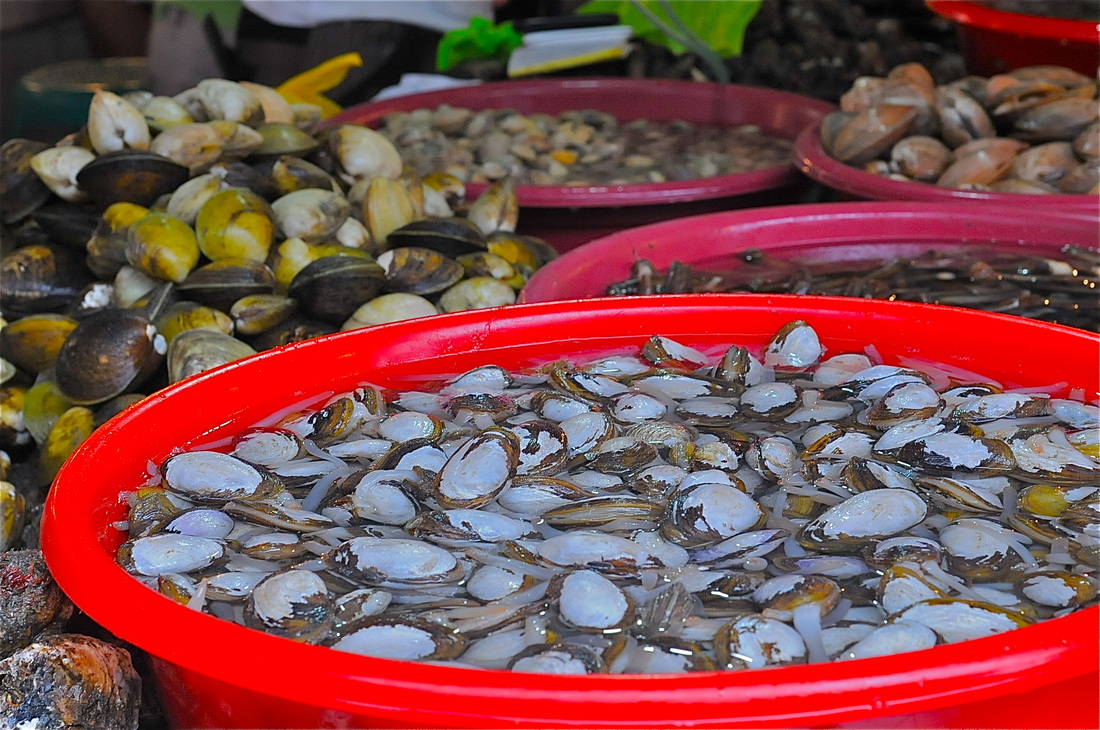
Clams galore.
|
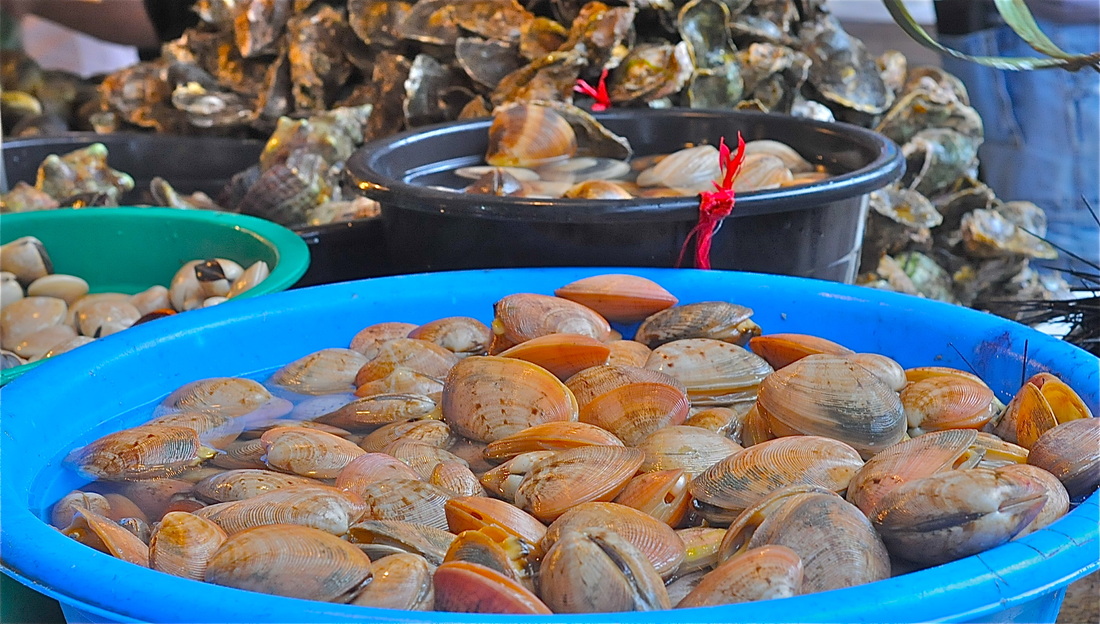
Big clams.
|
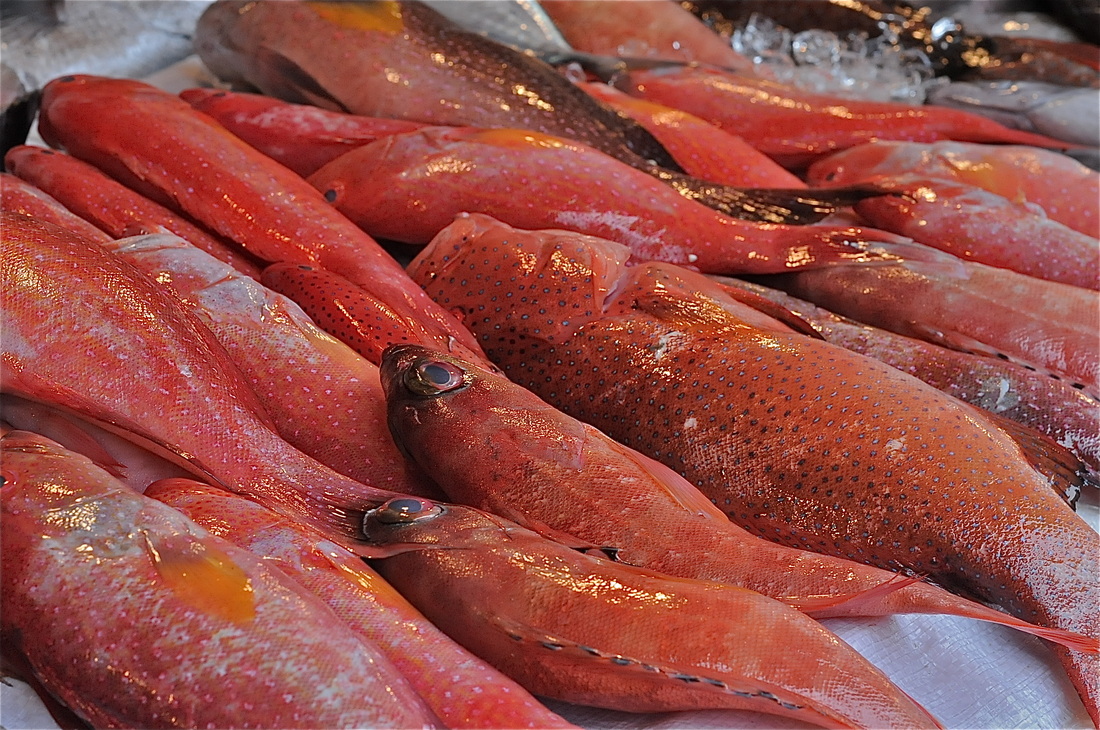
Red grouper.
|
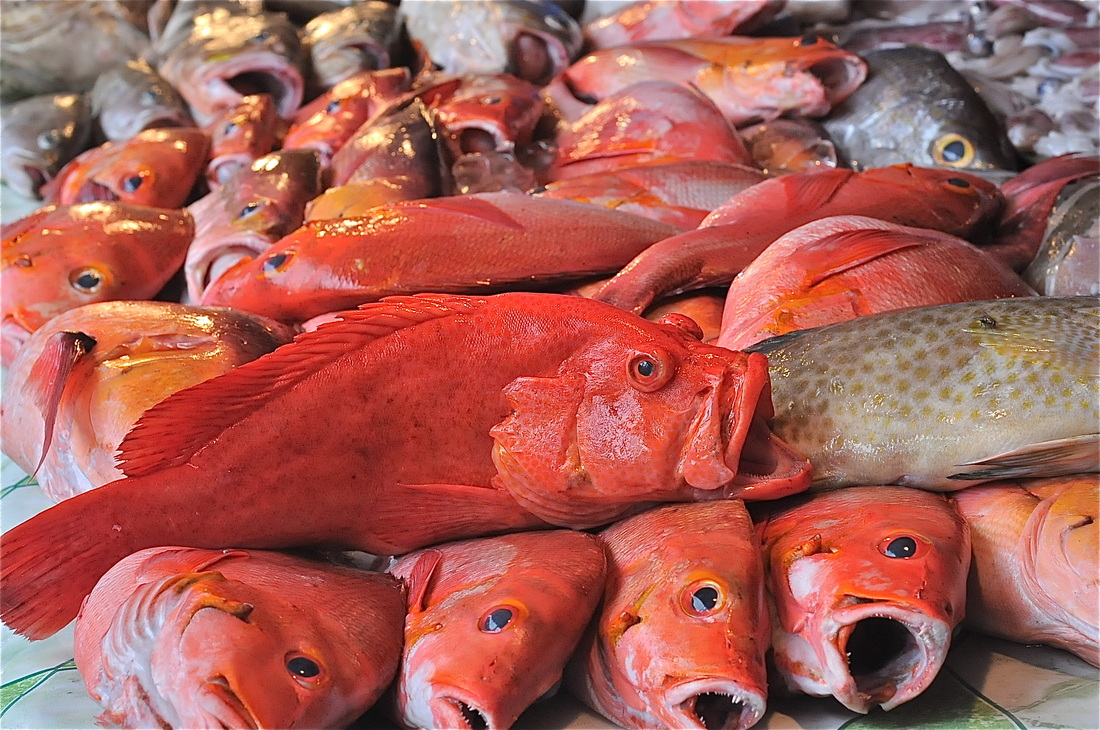
Can you beat that?
Crabs, lobsters, jumping shrimps, gigantic squids, meat, veggies & condiments
are also vigorously sold and go have them cooked by restos
to the side for whatever recipe-type you desire.
But beware. Again…BEWARE.
When we were marketing for our cravings, I particularly noticed
2 vendors SHOUTING at foreigners/tourists who were bargaining for bit lower prices.
Vendor #1 (refer to the map drawing of D’ Market) even accosted a Korean lady and shouted
“your price in that list is a LIAR”
“give me that I will break”
and “no good list-no good list”
(for the lady kept on referring to her notes on how to say how much or can I bargain or whatever in Filipino)
Then a caucasian passed by and asked how much was a kilo of big squid.
He agreed to the price and started to choose which ones to get.
Again, Vendor #1 shouted: “no choose-no choose. I give you”
Of course the man didn’t agree. He wanted his choice.
Vendor #1 screamed: “Go out! Don’t buy.”
Be very careful.
This Vendor #1 is “a one-eyed Jack” who acts like a hoodlum.
Nowhere must he be in Boracay.
Same is true with Vendor #2. He shouts at lady Koreans who he did not like the bargain.
After shouting, he will puff his cigarette. blow smoke up, put 2 hands in pockets
and walk like Fernando Poe, Jr. or Robin Padilla. (Philippines most loved action stars)
WHY DO YOU DO THAT?
YOUR LIVELIHOOD DEPENDS ON CLIENTS WHO BUY YOUR WARES.
BORACAY IS A TOURIST SPOT.
CARE FOR THE TOURISTS.
BE WARM, CONCERNING & RESPECTFUL.
Below is the sketch of D’ Market for your info.
Marked thereby are the spots of those 2 vendors. Caveat emptor.
Also, posting the “paluto” resto where my wife & I found real professional service
and who sought apology for the reactions of those “hoodlums”.
May I page the attention of secretaries of Tourism & Trade & Industry?
(ok now I’m doing my job…listen & act)
Don’t bother yourselves with those tough guys.
Good, mild mannered & respectful vendors dominate the site.
And below is my recommended (highly professional) “paluto” (they cook for you) site.
Done with first of 2 series of posts re Boracay.
Let me collect & collate my thoughts then.
Next I will be exposing the trade modus of some establishments for you to be aware when you visit.
But in general, I highly recommend Boracay.
Rest, eat a lot-never mind the taste, drink till you drop, swim to an un-ending clean waters
witness the “coolest sunset” in the world, re-charge with the most serene (if there are no vendors nearby)
and healthiest air intake by the sea (if MPSA is doing its job of prohibiting smokers by the beach front)
…but be wary.
Check these out:


